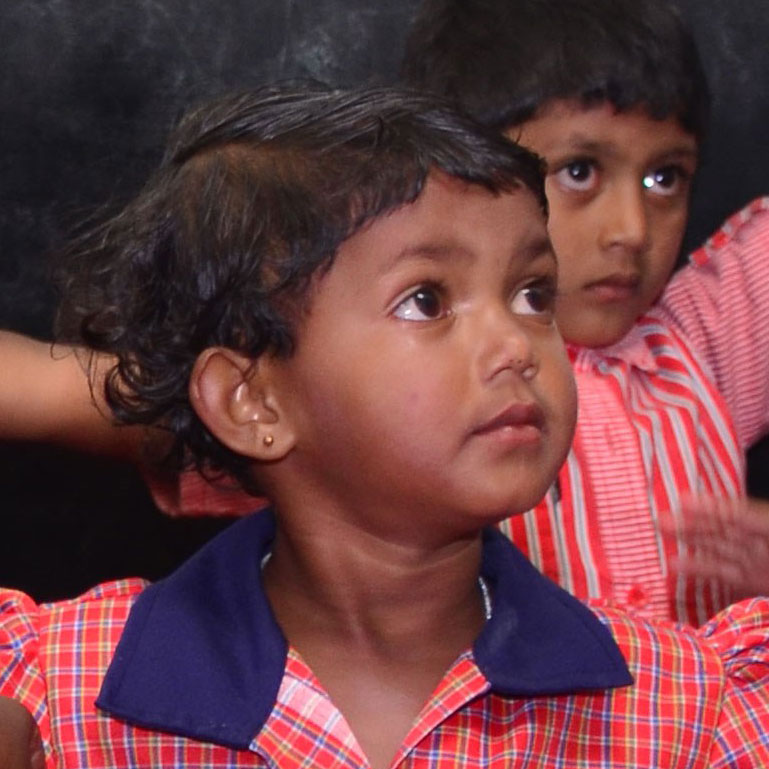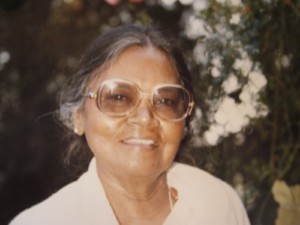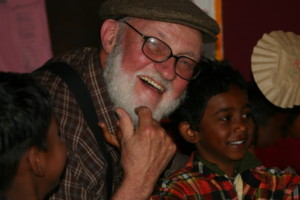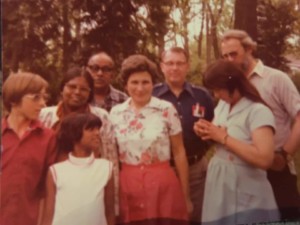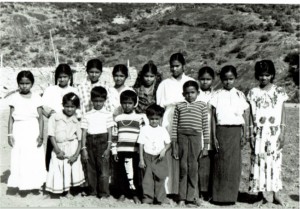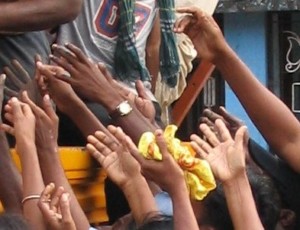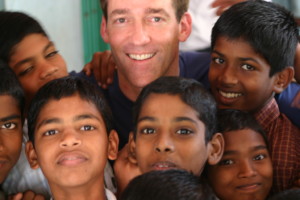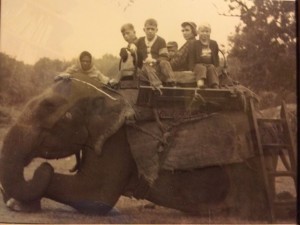
The ministry that became Bethania Kids began with acts of mercy freely bestowed from the back door of the home of Dayavu Dhanapal and her daughter, Priscilla, in Kodaikanal. They provided desperate children with food and clothing and help as they could from their own modest resources, supplemented by donations from missionary friends who had returned to the US. Soon it became clear a permanent home for children was needed, where they could receive dependable shelter, nourishment, health care, schooling, and love.
In 1987, members of two American teacher missionary families (the Granners, the Hennigs and their adult children) who had worked with Dayavu and Priscilla in India for decades gathered to address the challenge at hand. They stepped out in faith together to meet this growing “backdoor” ministry in an organized way. A 501(c)3 foundation was established and newsletters started to circulate. Visits to India were made, land was procured in Kannivadi and the new Bethania Home was dedicated to the glory of God in Christ Jesus and became home to 9 needy children.
With God’s constant guidance, prayers and donations from supporters and the compassionate love of staff caring for the children, the ministry has grown tremendously through the years. More than 30 years later, Bethania Kids ministry serves nearly 1,000 children and families, who are thriving in care, hope, and God’s unconditional love in 18 facilities, including residence homes, day-care and after-school care centers, rehabilitation centers, and women’s empowerment programs.
-
Make a difference in the lives of our children today!
There are countless ways to participate in this vibrant ministry and share God’s love with the children at Bethania Kids.
